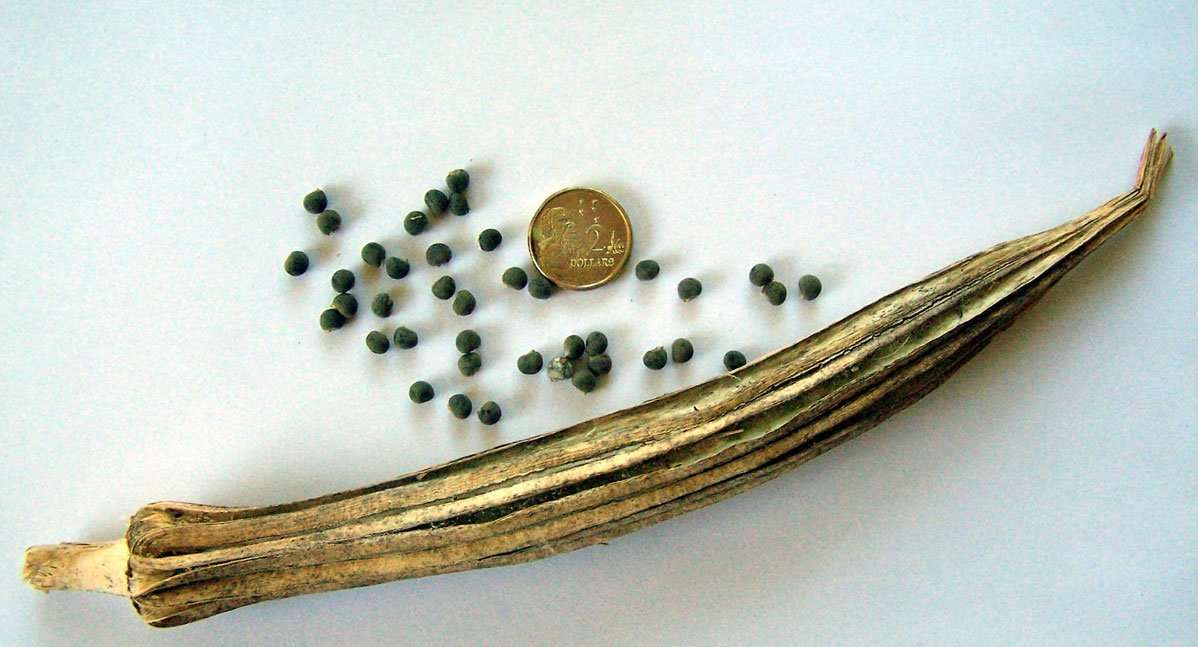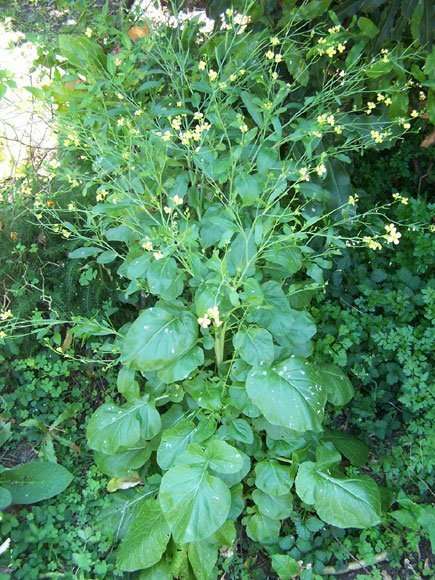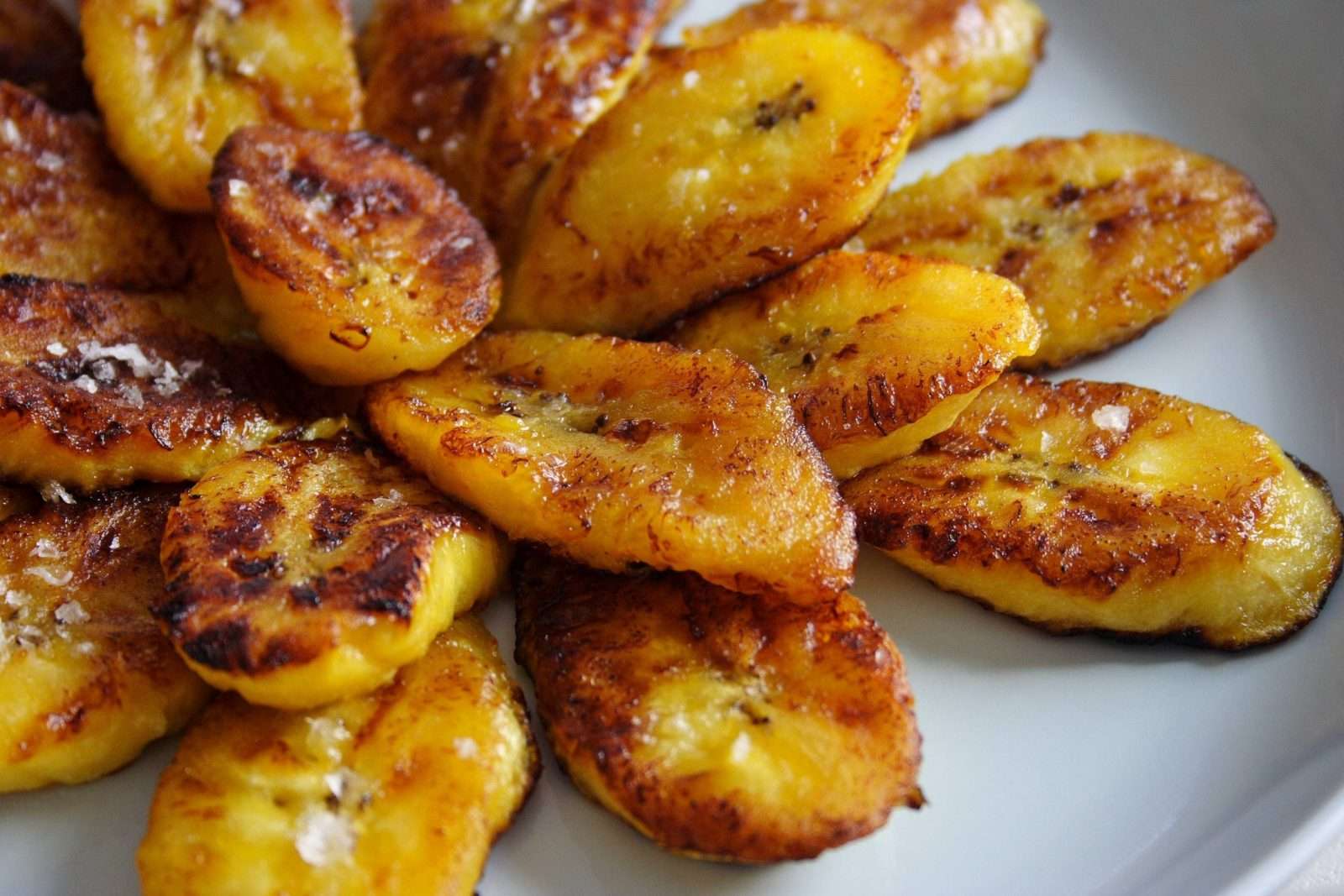Pigeon Pea or Gungu Bean a staple food for humble Rasta Garden
Pigeon Pea or Gungu Bean Nitrogen Fixing Legume
Family: Fabaceae/Faboideae
Botanical name: Cajanus cajun
Common names: Pigeon Pea, Gungu Bean, gandul,timbolillo,frijol de palo
Buy Pigeon Pea Seed here Grow your own
Pigeon Pea is one of the oldest edible bean crops in the world. Major producers are India, followed by Uganda,Tanzania,Kenya,Malawi,Ethiopia, West Indies and Caribbean region, Latin America Asia and Australia.
As a food crop Gungu Bean is usually grown as an annual plant, but it is a perennial and will grow for several years into small trees.It is an excellent for planting with cereals and other crops.
It is a cultivated shrub to 4m, bark dark with greenish patches, hairy new growth. Leaves alternate, talk 1cm blade, three parted, leaflets with stalks to one centimetre long, lance shaped to elliptic, tips pointed.Flowers yellow and orange, labiate or classic bean shape. Inflorescences to 9cm long. Fruit dry pods 6-8cm long by 1.4cm wide, finely hairy, flattened with two to nine seeds in each pod.
Pigeon Pea is used for animal feed, food and fuel. It is extremely popular as a Permaculture Plant as it produces more nitrogen from plant biomass per unit of area land than many other legumes. Pigeon Pea can fix about seventy kilograms of Nitrogen per hectare per season by symbiosis until the mid-pod fill stage.Pigeon Pea is used as a green manure crop.The plant itself is extremely hardy and tolerant to both low and high temperatures.This is a widely cultivated plant and has become invasive in somePacificIslands.Plant is said to die if fruit is not picked.
Nutritious staple food crop
Pigeon Pea is a fine source of proteins, carbohydrates and certain minerals such as calcium, phosphorus, magnesium, iron, sulphur and potassium.As well as soluble vitamins thiamine, riboflavin, niacin and choline. They are invaluable for a ital vegan diet. The dried bean can be frozen to kill weevils under the seed coat and then stored for soaking as needed and added to rice, soup, stews, dips etc.Just use them as you would use any other bean.
My favourite way of eating them is to green shell them like garden peas and they cook quickly and are delicious added to Rice and Peas.
Pigeon pea is also an excellent forage crop for livestock and with the high cost of other animal feeds makes it a great choice for poorer subsistence farmers.
InAfricait is used as fuel wood and the stems are used for fencing crops and weaving.
Pigeon Pea has also been used in Folk Medicine. For Example inArgentinait is said to be used for bronchitis, coughs, genital irritation, pneumonia and skin problems.InCubafor bronchitis and colds.The list of medicinal uses is profound, however without the correct administration techniques it is difficult for the layman to benefit from their myriad of medicinal benefits. Unfortunately this information is being lost at an alarming rate.Just including them in your diet has to be a good preventative health measure.
Pigeon Peas are an excellent multi purpose plant to add to your garden if you have a bit of room. A couple of bushes will give you a good harvest of dried beans that can be stored for later use.If you have some chickens or farm animals there’s help with the food bill here and the woody foliage is great for staking plants and making baskets.
Just be on the lookout for pure genetic strains of seeds. Experimentation is being done on transgenic pigeon peas to prevent viruses in livestock. Find your own good local seed now and save this seed religiously, that’s the only way to ensure that it is not genetically manipulated.
Keep the seed source genetically pure and local for healthy plants and people.
Buy a book about Beans




